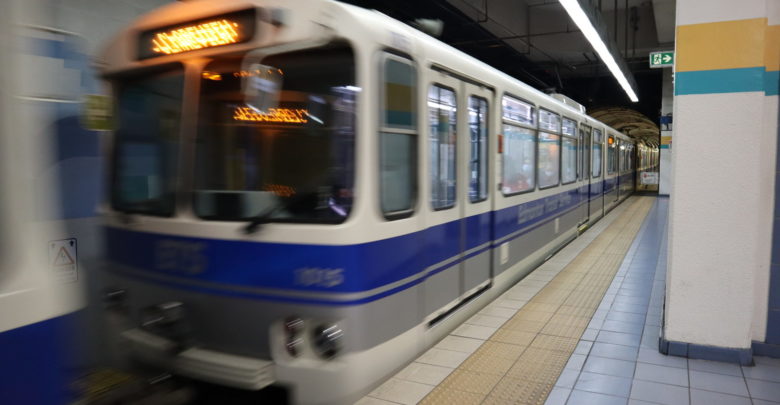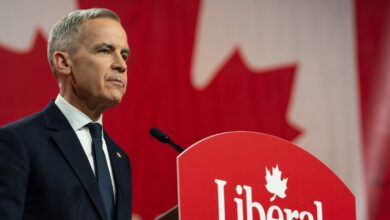 Emily Williams
Emily WilliamsThe handling of the Edmonton public transportation system has been dreadful over the past few years. Soaring violent crime rates at LRT stations and budget shortfalls of over $10 million are just some of the issues plaguing the Edmonton Transit Service (ETS). Now, ETS has decided to add fuel to the fire by raising the price of transit fares for one-time passes and monthly passes, excluding youth passes.
One-time passes plan to increase by 25 cents and monthly passes by $1 to $2. On the surface, this decision seems likely to lessen the $10 million shortfall that ETS faces. But is this the best and most effective measure to increase public transit profits? Definitely not. It may make up for the shortfall, but it won’t solve the problems that discourage people from using transit.
For starters, ETS must address internal issues that impact day-to-day functioning. Data shows that current bus use is similar to pre-pandemic levels. However, LRT trips are only 70 per cent of what ridership was pre-pandemic. Clearly, the LRT use is the cause for the recent gap in ETS profits. But how should ETS go about solving this profit issue?
From my own experiences of riding the LRT and hearing the experiences of others, I can sum up the main issue with the LRT in one word: safety. Simply put, Edmontonians do not feel safe riding the LRT alone at night. As of December 6, 2023, 500 cases of violence were reported at transit centres, which is just unacceptable. With constant high risks to public safety, Edmontonians are rightfully turning to alternatives to avoid the LRT. ETS must address this immediately. Rather than raising transit fares, ETS needs to prioritize limiting crime before the situation spirals out of control.
Last December, it was announced that 50 new police officers will be hired to patrol the LRT stations. While this measure is a step in the right direction, it doesn’t immediately improve the situation for late-night riders. These new police officers will need a few years of training before being deployed. However, the redistribution of the shifts of current police officers can help. If officers can consistently patrol LRT stations, Edmontonians will feel safer and likely be more open to riding the LRT.
But that alone will not be enough to overcome the $10 million deficit. ETS needs to consider other measures, especially those that are inspired by other, better, public transportation systems. Having taken public transportation in other major metropolitan cities such as Vancouver, Toronto, and London, something feels different about ETS. In Edmonton, it is simply too easy for individuals to board the LRT without paying. At ETS LRT stations, not everyone is there to ride the train and not everyone is paying. ETS’ fare evasion rate sits around five per cent, which amounts to a considerable amount of money over the year. So why can’t the ETS search for methods to retain this five per cent instead of putting the burden on Edmontonians already struggling with inflation?
It’s not impossible or impractical to minimize fare evasion rates. In fact, there is already a practical method that countless other metropolitan cities use to keep fare evasion rates and crime down; turnstiles. Edmonton City Councillor Tim Cartmell proposed the city test turnstiles in a few locations and city council agreed to further explore the idea. While this is a step in the right direction, ETS should have implemented turnstiles years ago.
The ETS must look inward to fix its own issues before asking Edmontonians to pay more. Raising ticket fares should be a last resort, only used after exhausting every other possible option. Now, ETS risks further deterring Edmontonians from public transportation. Or if individuals choose to take it, ETS may see an increase in fare evasion rates due to higher ticket prices. Either way, raising transit fares puts ETS in a lose-lose situation. And with major LRT expansions currently underway, ETS needs to actually address the issues plaguing LRTs more than ever.




